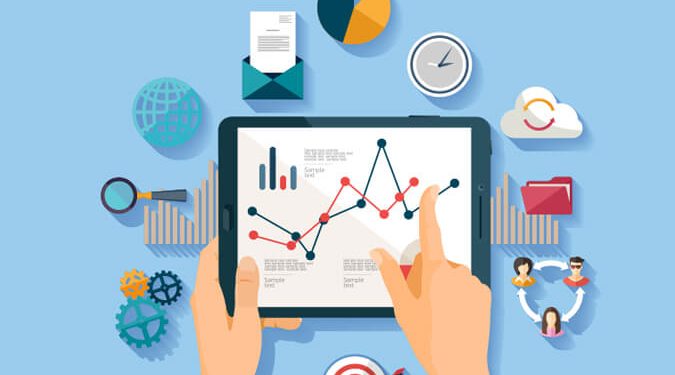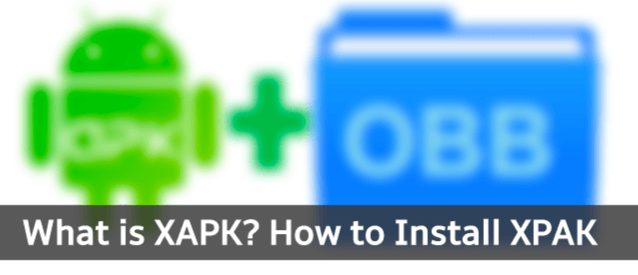HRMS (Human Resources Management System) is a crucial BI (Business Intelligence) tool to manage any organization internally; this includes attendance, recruitment, employee engagement, talent management, payroll, and other benefits.
The BI tools are efficient in collecting data; on average, 2.5 quintillion bytes of data are being collected by the tools daily. The data helps manage the workplace, with no issue of micro-management.
The HR tools are used to enhance productivity through actions such as continuous engagement, keeping the organization culture on par with the latest technologies, and staying ahead of the competition by implementing market trends.
The digital HR tools have vast resources to explore and thus enable educational experiences for the organizations and employees. Several statistical reports state that the organizations with better BI tools have happier employees; happy employees are statistically found to be more hard-working, satisfied with the work environment, and thus work towards making the customers happy.
Currently, the HR approach is changing positively towards employees to provide a better working experience; thus, HRMS software is essential to keep the organizational goals on track. Thus the software ultimately ensures that the organization’s customers are happy.
CHOOSING THE HRMS TOOLS
THE OBJECTIVE
HRMS software potential can be maximized by pre-defining the organization’s objectives. The objectives vary from data access, compliances, productivity, employee satisfaction, societal/ ethical models, inter/intra-departmental collaboration, and employee coordination.
THE TYPES
There are five HRMS software types: staffing, workforce management, compensation, development, and onboarding. The staffing software is essential to plan employee lifecycle, track applicants, and manage leave.
The workforce management system software is mainly utilized to track employees. Employees are using the compensation HR tool to track health benefits. The development HR tool is vital in any organization to track performance management, talent management, and employee satisfaction.
The onboarding tool guides the new employees on social introductions and paperwork formalities. Thus, based on the organization’s requirements, the choice of the HRMS software can be finalized.
THE ANALYTICS
It is an active prediction that over 33 percentage influential businesses by the year 2023 will rely on intelligent tools for data and decide accordingly. Further, decisions based on analytical data are five times faster than the usual decisions.
There are many latest BI tools in the market that enable decision-makers to think strategically, which helps to stay ahead of the competition. Such intelligent tools usually have features such as financial analysis, prediction capabilities, automated data gathering, real-time reporting, and customizable dashboards.
Several statistics state that attractive UI increases work productivity; thus, customizable dashboards with exciting color options can strategically increase employee productivity.
Forecasts using the BI tool data will help the high-ranked officers to understand every employee’s productivity. Thus adequate changes can be made to travel towards the organizational goals. Forecasts are utilized in financial matters too, where the data is relied on to create budgets for the financial year.
BUDGET
The software’s intelligence, capacities, and features influence the price. The cost would increase along with the number of features. Thus, it is crucial to focus on the mandatory elements required by the organization to choose the tool which fits within the budget and is value for money.
CONCLUSION
The HRMS tools are relied on to make intelligent decisions for the organization. Every tool comes with a standard set of functionalities; thus, the organization can choose as per the requirements and needs.




